Archive View
Grid View
List View
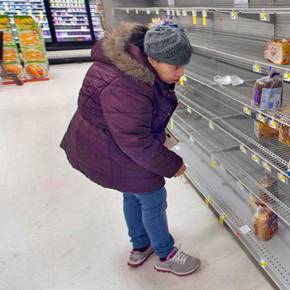
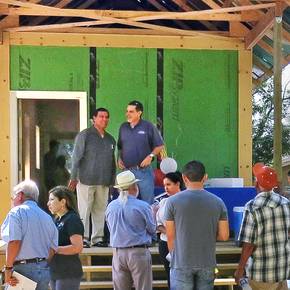
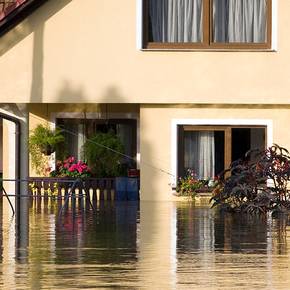
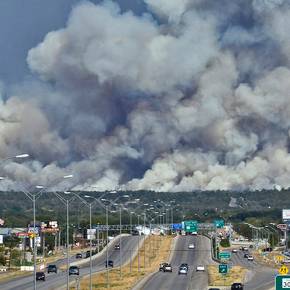
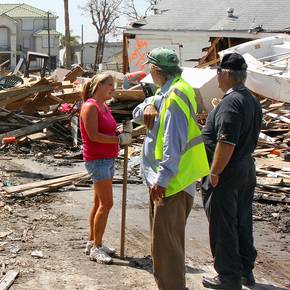
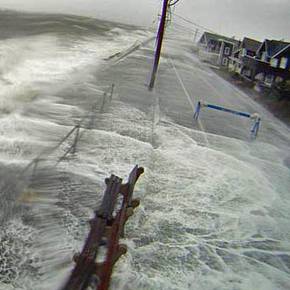
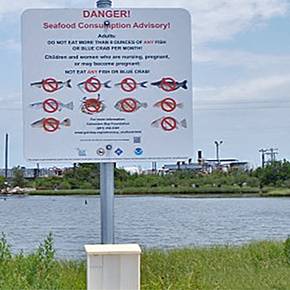
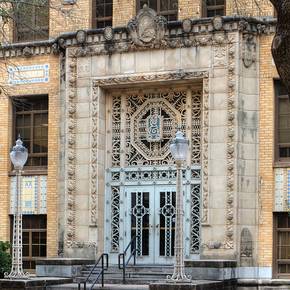

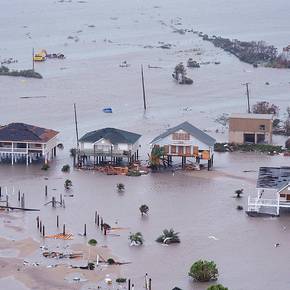
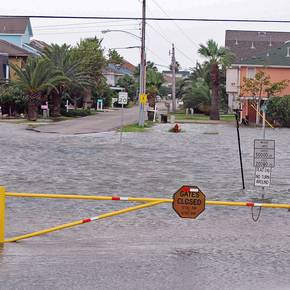
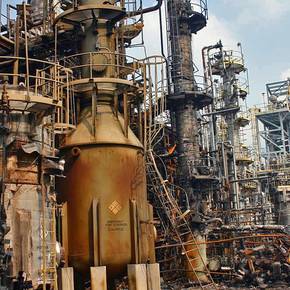
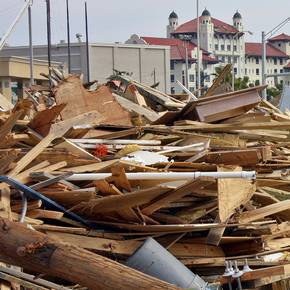
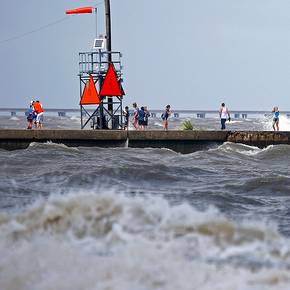
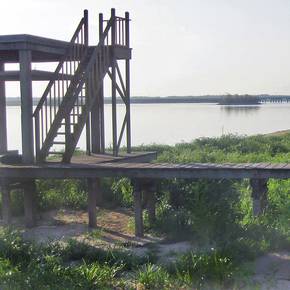
hrrc gallery

HRRC eying how disasters influence food distribution
posted
October 11, 2016
Texas A&M University researchers are collaborating on an NSF initiative aimed at identifying links between the U.S. food distribution system and the nation’s energy, water and transportation networks that are most likely to be disrupted in a natural disaster.

Museum showcases HRRC-developed housing program
posted
July 21, 2016
Texas legislators are investigating the benefits of RAPIDO, a pilot program developed with recommendations from Texas A&M Hazard Reduction and Recovery Center, that dramatically reduces the time it takes to rebuild homes destroyed by natural disasters.
Planning researchers develop ‘scorecard’ for hazard plans
posted
March 28, 2016
Urban planners can assess whether a community’s hazard plans target its most vulnerable areas with a scorecard developed in part by planning researchers at Texas A&M.

HRRC identifying best practices in disaster recoveries
posted
March 10, 2015
A research team from Texas A&M’s Hazard Reduction and Recovery Center is working to identify best practices in pre- and post-disaster planning in communities recovering from a variety of natural and man-made disasters.

A&M researchers collaborate in U.S. resilience center
posted
March 3, 2015
An elite group of urban planning researchers from Texas A&M University have been selected to play an integral role with scientists from 11 universities in a nationwide initiative aimed at helping communities prepare for and recover from natural disasters.

Planning prof helps write paper urging coastal policy change
posted
August 4, 2014
To contend with the rapidly escalating threat of coastal flooding, government agencies need to adopt a new, fundamentally different strategy focused on flood prevention rather than recovery, according to a recent National Research Council report.

Planning prof calls Harris County waste pits a ‘loaded gun’
posted
July 25, 2014
Toxic waste pits along the San Jacinto River in far east Harris County containing dioxin and other hazardous substances are a “loaded gun” threatening human health and the environment, said Sam Brody, professor of urban planning at Texas A&M University.
Preservation experts review 1930s–era buildings on campus
posted
April 15, 2014
A significant era of the campus’ architectural heritage was discussed by preservation experts in “A Collection of Extraordinary Talent & Artistry: The Depression-Era Buildings of Texas A&M,” an April 30 lecture at the College of Architecture's Preston Geren Auditorium.

Noted environmental activist McKibben talks about climate
posted
March 26, 2014
Bill McKibben, who the Boston Globe called one of the United States’ most important environmentalists, visited Texas A&M to talk about the threat of global warming and the international movement to end humanity’s reliance on fossil fuels.

HRRC marks 25th year championing resilience, planning
posted
February 17, 2014
To mark 25 years of disaster-related research at Texas A&M University, many of the nation’s top hazard researchers are gathering on campus April 4-5 to present their latest work as part of the Hazard Reduction and Recovery Center’s “Planning for Disaster Resilience Symposium.”

Dutch, U.S. scientists partner on flood mitigation research
posted
October 9, 2013
Last summer, Texas A&M hazard mitigation researchers partnered with their Dutch counterparts at Delft University in The Netherlands to developed a joint research agenda to combat a common enemy — flooding.

Lindell adds to U.S. plant safety report
posted
November 14, 2012
A federal study aimed at enhancing plant safety throughout the U.S. chemical manufacturing system benefitted from the work of Michael Lindell, a professor of urban planning at Texas A&M University who contributed sections on risk and decision analyses and emergency management.

HRRC research links home, business disaster recovery
posted
September 26, 2012
Relief efforts after a natural disaster should include local businesses as well as households, because “one can’t return without the other,” said researchers at the Hazard Reduction and Recovery Center investigating Galveston’s recovery after 2008’s Hurricane Ike.

Eagle quotes profs on state’s vulnerability
posted
September 19, 2012
Due to the destruction of natural resources and poor community planning efforts, Texas remains extraordinarily vulnerable to hurricane damage, said two Texas A&M urban planning professors in an Aug. 28 Bryan-College Station Eagle report as Hurricane Isaac barreled through the Gulf of Mexico.

Study eyes how lower Lake Conroe levels impact economy
posted
August 14, 2012
Ranked as one of the fastest growing counties in the U.S., groundwater-dependent Montgomery County, Texas is confronted with a looming water crisis threatening future growth, according to a study by urban planners at Texas A&M University.
Follow Us
Facebook Twitter Vimeo Youtube Flickr RSS
Recent Posts

Planning prof heads study of disaster housing aid
June 12, 2020

A message from the dean
June 2, 2020

Former student remembered as expert planner
April 16, 2020

Leading educator named new head of Architecture Dept.
April 1, 2020

COVID-19 tests given in student-built clinic
March 30, 2020



_thumbnail_small.png)
